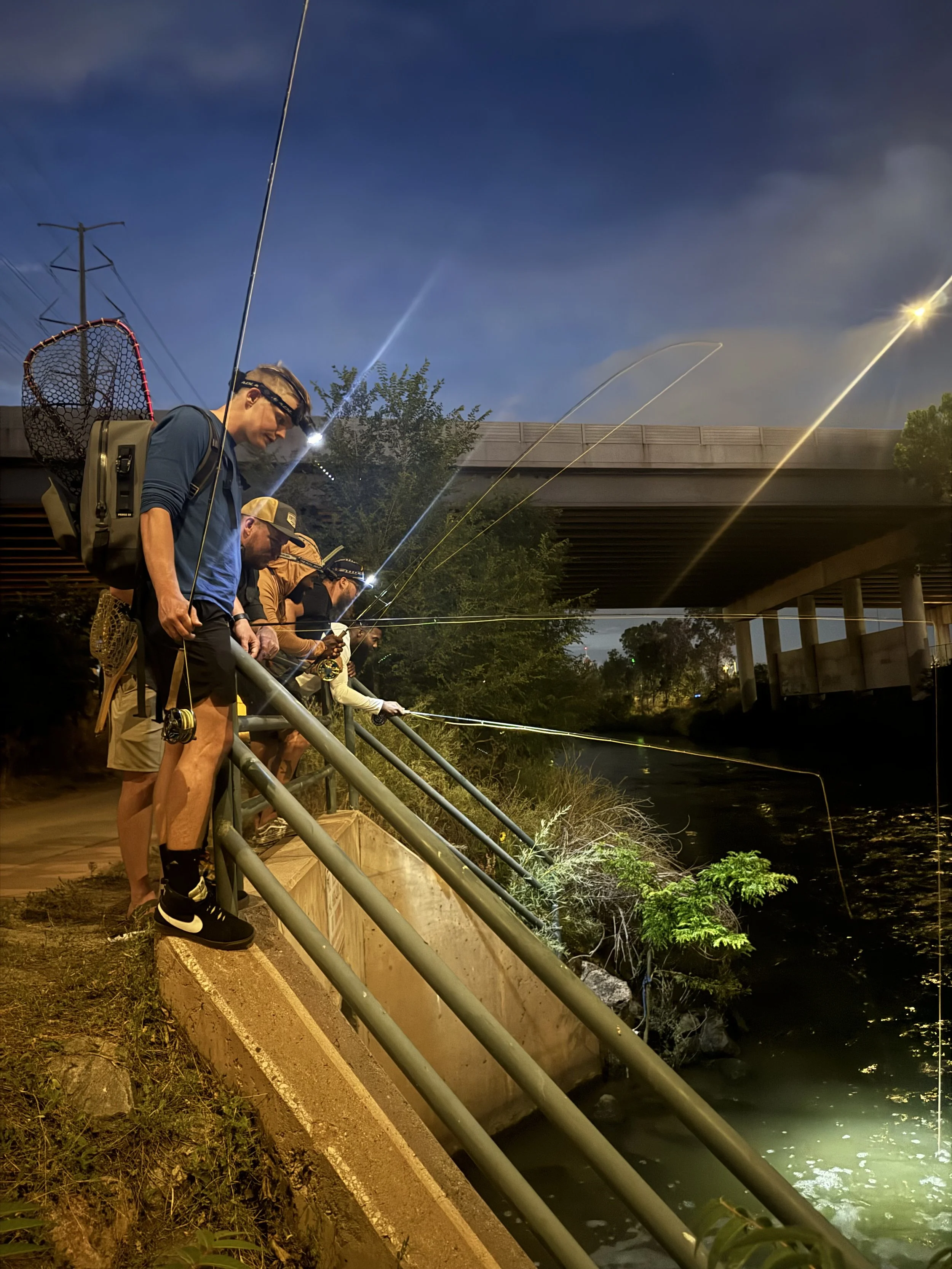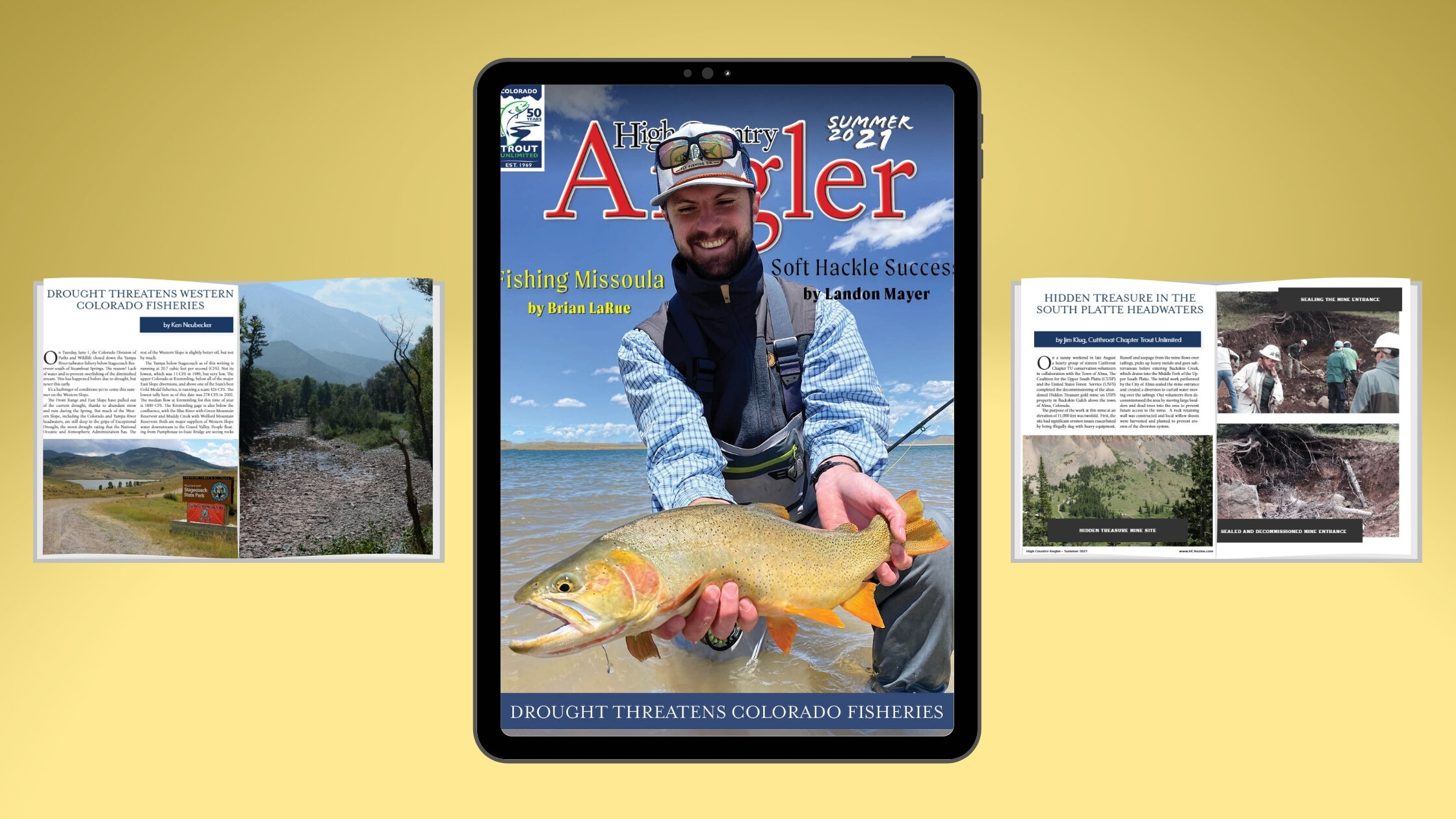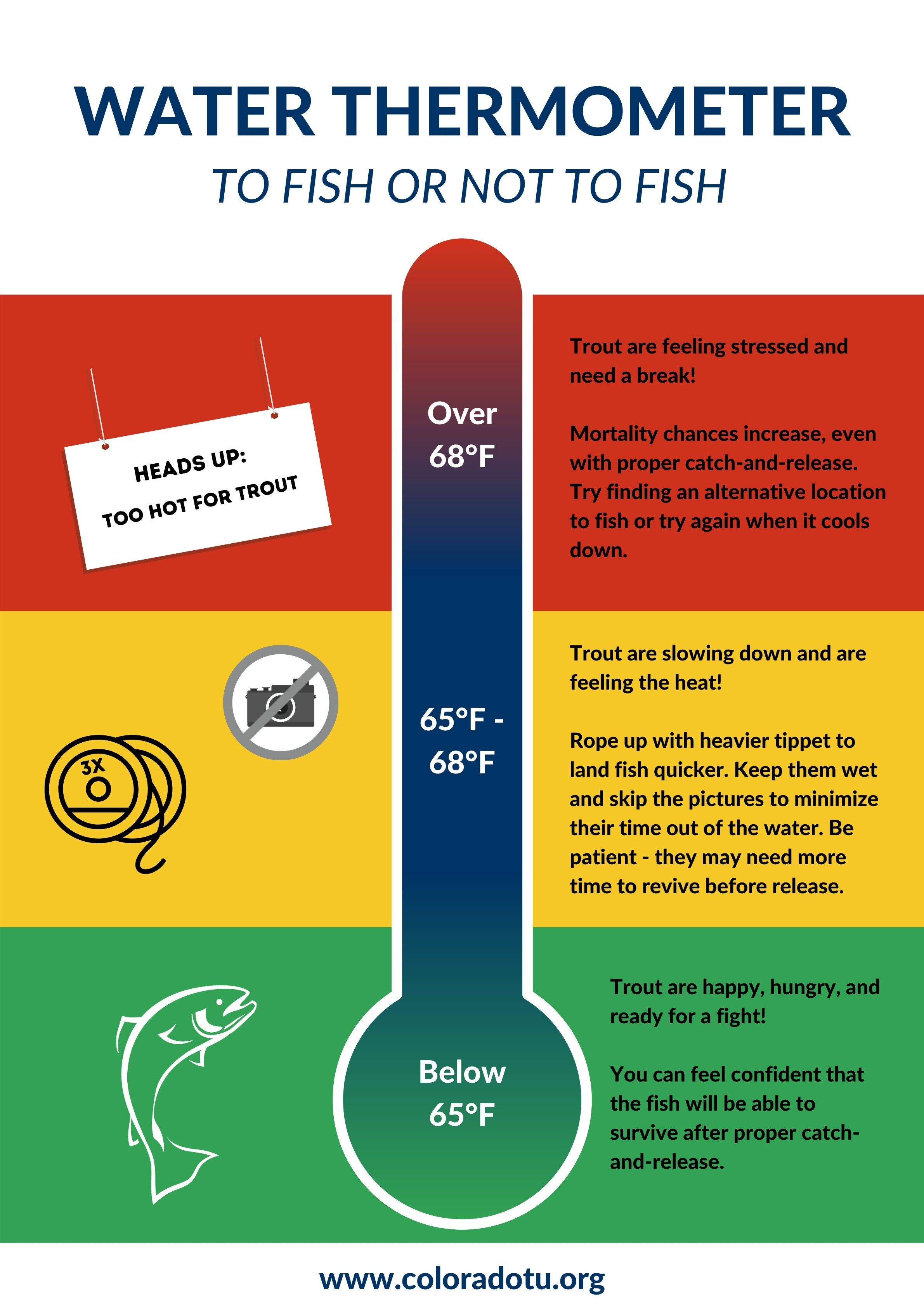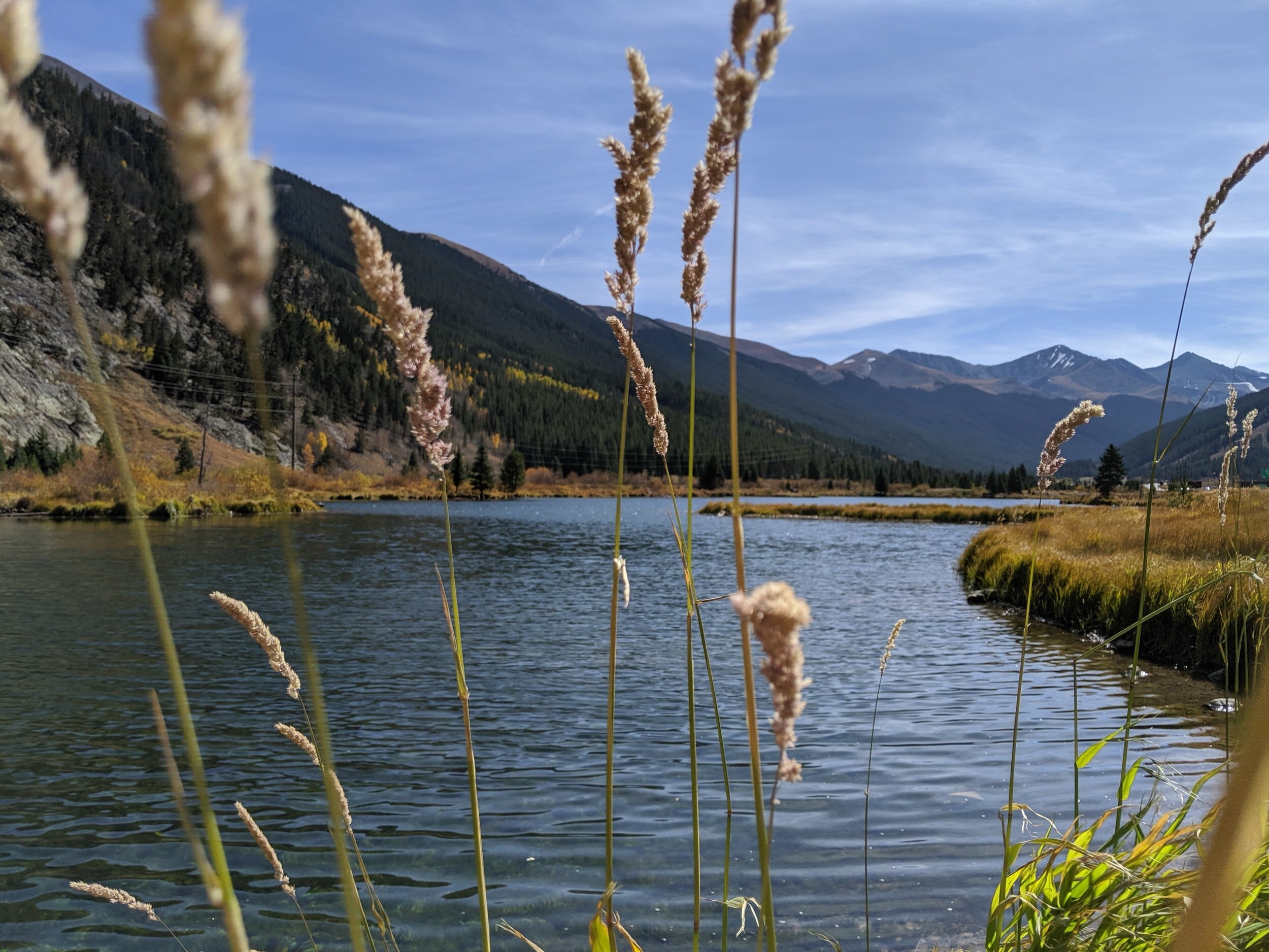Conservation Projects Coordinator
Colorado Trout Unlimited (TU) is Colorado’s leading fisheries conservation organization with a mission to conserve, protect, and restore coldwater streams and their watersheds. Colorado TU has state offices located in Denver and 24 local chapters throughout Colorado. Colorado TU’s focus is on effective grassroots advocacy for river conservation, coupled with on-the-ground volunteer efforts that directly contribute to stream habitat and watershed improvement and to native trout restoration.
Position Summary: Colorado TU seeks an energetic, creative, and reliable self-starter with relevant conservation expertise as well as strong communications and social skills to manage grassroots-level conservation plans and projects, working with our local chapters to help engage their membership and communities. The Conservation Projects Coordinator is a full-time position advancing river and watershed health by developing and managing grassroots projects and strengthening TU’s grassroots chapters by providing meaningful opportunities in which their members and communities can engage. Areas of geographic focus may change over time, but current areas of project emphasis for the Conservation Projects Coordinator include the upper Gunnison and Arkansas river basins and supporting roles in the upper Colorado river basin.
The position work plan includes:
Program/project development and management. Coordinate with Colorado TU chapters and community partners in developing and managing local projects and initiatives that meaningfully advance conservation of coldwater fisheries and their watersheds, while providing strong opportunities for member and community engagement. This includes developing effective scopes of work, cultivating partnerships with key stakeholders, and managing contractors tasked with parts of project implementation, but does not include regular oversight of instream work or on-the-ground construction projects. A significant emphasis will be on projects advancing elements of Colorado’s Water Plan and its objectives for healthy rivers and watershed stewardship. The position focus will be on fostering relationships that lead to successful project development and implementation rather than onsite project management, though some field time with volunteers and contractors can be expected.
Member engagement and volunteer development. Work with Colorado TU chapters to effectively engage their members and communities with these conservation projects and initiatives. Identify, cultivate and mentor prospective new chapter leaders and community partners through involvement in the projects and initiatives, using engagement within meaningful projects as a vehicle for building local TU capacity.
Grant writing/fund development. In coordination with Colorado TU Development staff, identify, pursue, and manage grants supporting conservation projects and initiatives. This includes researching and cultivating relationships with prospective funders, as well as managing deliverables and reporting on grants associated with projects managed under this position.
West slope “healthy rivers” engagement. Work as a liaison for chapters with TU’s Western Water and Watersheds field staff to educate and engage existing and new grassroots volunteers in support of Colorado River conservation efforts being managed through those staff. These projects include promoting TU partnerships with agricultural partners, chapter involvement in local forums including Basin Roundtables and Stream Management Plans, and chapter support for on-the-ground partnership projects.
Other duties. Provide regular and timely content relevant to the above program areas for the Colorado TU blog, website and social media outlets; assist with broad grassroots training and support as part of the Chapter Advisory and Support Team (“CAST”) initiative; contribute to Colorado TU’s equity practices, promoting a welcoming, inclusive culture on-the-ground, in our communications and in conservation engagement; participate in core Colorado TU events such as the Annual River Stewardship Gala and the Rendezvous.
Qualifications: Solid communication and interpersonal skills. Previous experience or demonstrated ability in project development and management, including grant writing and reporting. Strong knowledge of water resource, watershed health and fishery issues; preference for candidates with a degree or relevant training in watershed science, fisheries biology, and/or water resources/environmental management. Dedicated commitment to conservation. Ability to recruit and effectively engage with volunteers. Ability to travel statewide (~15-20% of time) and to work weekend and evening hours when needed. Solid computer skills. Also helpful: experience coordinating events for community engagement.
This position is based from Colorado TU’s Denver office, but with the opportunity for remote work from an in-state location with comfortable travel access to project/chapter locations. The position will report directly to the Executive Director.
Staff and leadership at TU understand that life outside of work is important to personal health, and we strive to create a healthy and family-friendly atmosphere. This is a full-time position with a generous benefits package. The approximate salary range is $45,000 – $55,000 depending on experience.
At TU, we value a diverse representation of staff, and we encourage candidates for this position who come from communities that have been historically under-represented in conservation and those who have been most impacted by degraded rivers and streams. We are committed to building space for all people to participate in our work to care for trout and their watersheds. We are proud to be an equal opportunity employer and welcome you to read more about TU’s equity practice and values.
How to Apply: Please upload a cover letter, resume, and names and contact information for three references to TU’s applicant system by clicking on the link below. We will begin reviewing applications on June 21; position is open until filled. https://recruiting.paylocity.com/recruiting/jobs/Details/594842/Trout-Unlimited-Inc/Conservation-Project-Coordinator



















